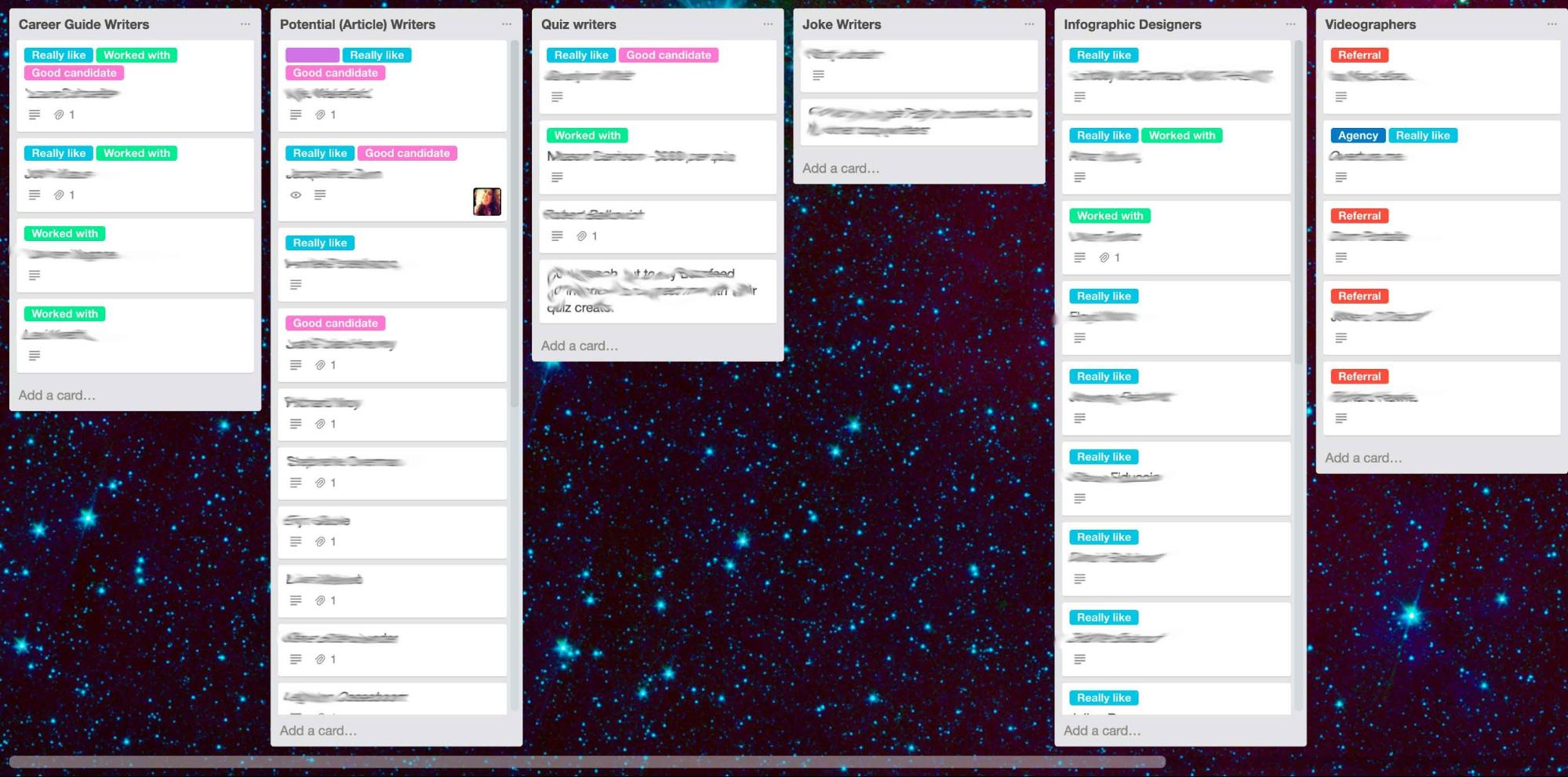

You may notice I decided to move over 19 points worth of stories. If our velocity is 20 points, and we are planning our sprint, then we move the stories in order into the 'To do' column. As the stories are estimated in the backlog, we can just add stories that total as close to our velocity as possible. But we have a few factors to take into consideration first.įirst, what is our historical velocity? This information will help to determine how many story points, on average, we can complete per sprint. We estimate all of our stories in the backlog column, and during sprint planning, the scrum team will move stories from the top of the backlog into the 'To do' column. On our team board, you will notice that there is a 'To do' column. Next, let's chat about how our scrum teams can work on the team board. Once all of my stories are in my backlog, they are ready for prioritisation, and estimation. During creation, I put them directly in the "backlog" list on my team board. For this I use the hello-epic power-up to create the stories and link them to the features. Next, we break this feature down into pieces of work for our development team(s). When a new product feature is approved, I like to move it from the feature board to our team board. Notice on the far left there is a "features" column. The board below is what I call the "team board." At Adaptavist, the Product Managers help prioritise what features are transitioned, so let’s explore how the chosen features are sent from the request board to the dev backlog: From there our features need to be broken down into stories, then transitioned from the request board into the development team’s backlog. In part 1, we discussed our feature board, where our features are received and triaged. Development with Scrum and Kanban Teams.
#Scrum board trello example how to
In this blog series, we’ll show you how to configure a board to support your team through the entire SDLC, including


 0 kommentar(er)
0 kommentar(er)
